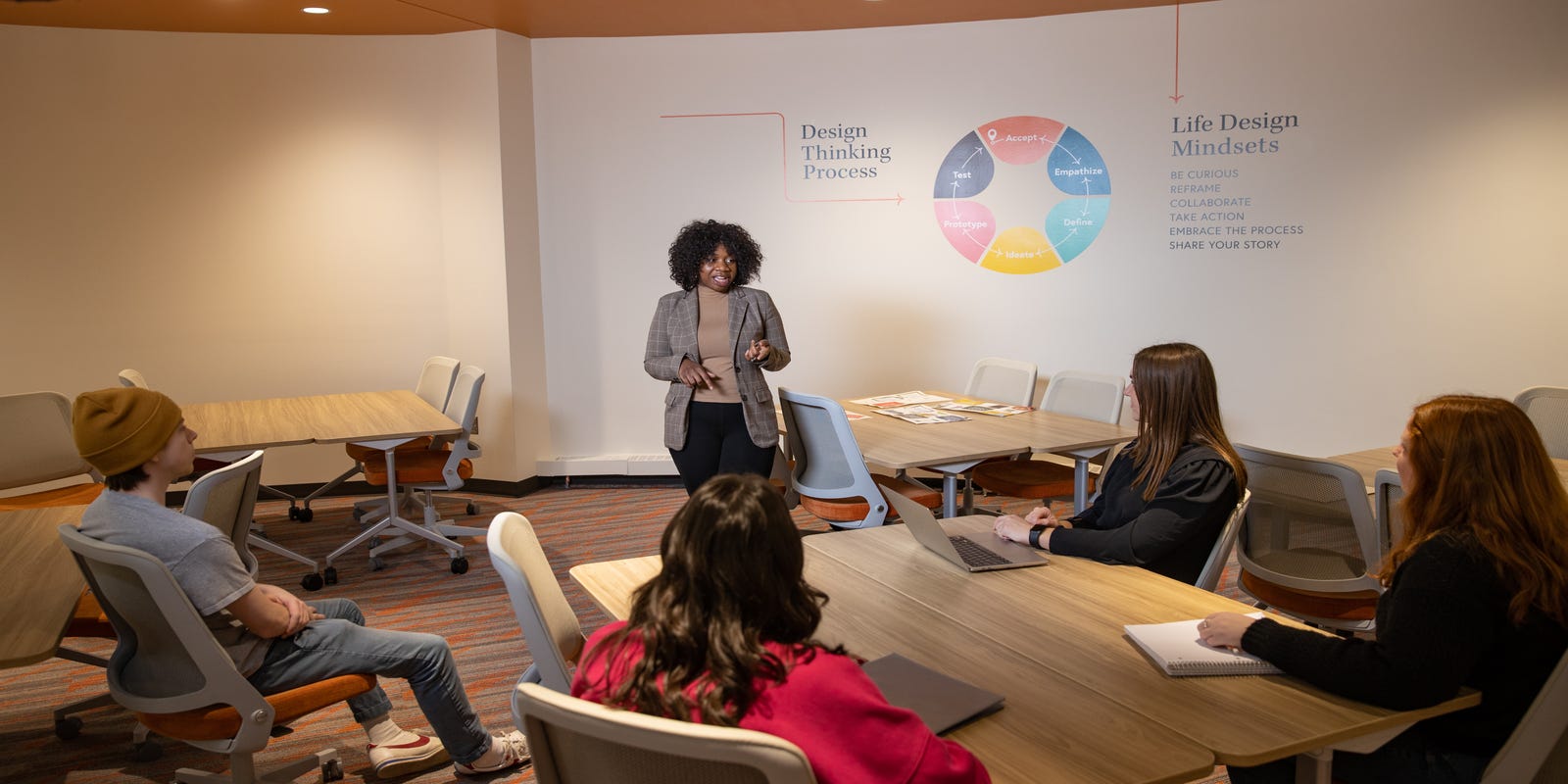Higher education can present challenges in terms of navigation, a sentiment readily acknowledged by Rodney Rogers, the President of Bowling Green State University. The multitude of tasks such as course registration, managing classes alongside work and internships, seeking guidance from academic advisors, and planning for the future can quickly overwhelm college students. Despite the university’s efforts to provide diverse experiences and support systems, Rogers noted a lack of coherence in connecting these elements for students.
Introducing the concept of life design, inspired by Stanford University professors Bill Burnett and Dave Evans, offers a framework for creative problem-solving in personal development. When applied in a college setting, students utilize design thinking to establish academic goals and contemplate their career paths confidently.
Bowling Green State University initiated its life design program in 2020, expanding it university-wide this academic year. This program, spearheaded by Adrienne Ausdenmoore, aims to empower students to take control of their academic and post-graduation journey.
Rogers was inspired to implement this program after encountering Burnett and Evans’ book, “Designing Your Life,” prompting him to envision a scenario where each BGSU student actively shapes their trajectory during and after college. Despite facing setbacks due to the pandemic, the program persisted, with an increasing number of students enrolling in life design courses.
The life design framework comprises six key elements: curiosity, reframing, collaboration, action-taking, embracing the process, and storytelling. By integrating these facets, students are encouraged to become the architects of their BGSU experience.
Students are initially enrolled in a course that assists in delineating their college and post-graduation aspirations. Life design coaches, who also provide individualized sessions, aim to foster connections among students. As students progress through the program, they delve into exploring career options, experimenting with different paths, and engaging in practical experiences such as internships and research projects.
Peyton Dolejs, a senior math student and member of BGSU’s softball team, shared her transformative experience within the life design program. Through coaching sessions and peer mentorship, Dolejs honed her confidence and career readiness skills, eventually securing a banking job post-graduation.
The program not only focuses on career preparation but also emphasizes personal growth and self-awareness. Rogers highlighted the importance of aligning one’s career with their individual values and humanity, recognizing that adaptability and life fulfillment are integral to long-term success.
In conclusion, the life design program at Bowling Green State University offers students a holistic approach to academic and career development, preparing them for a dynamic and fulfilling future beyond graduation.
